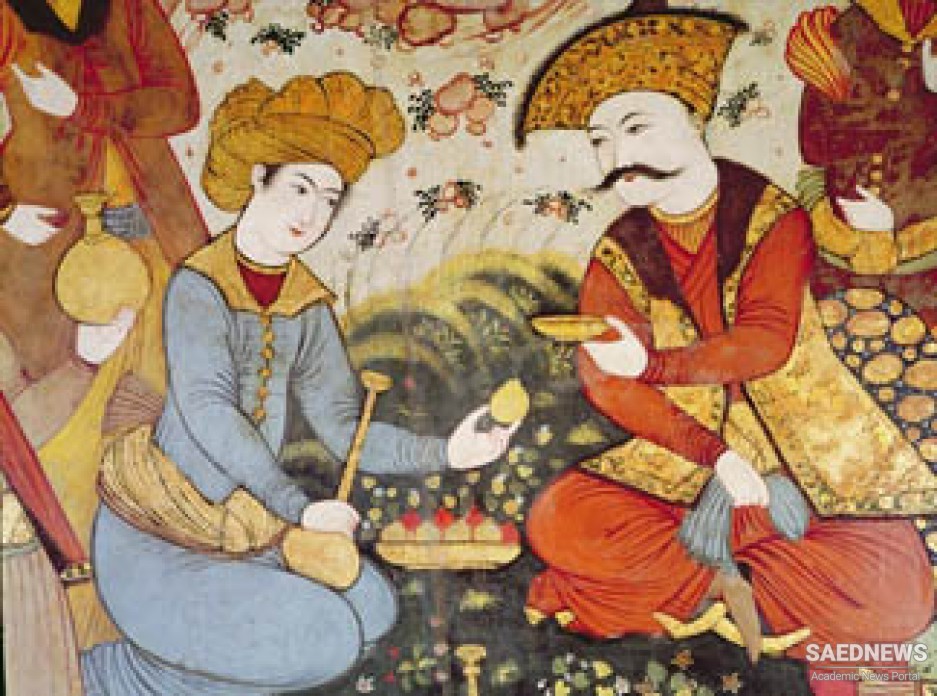Detailed information concerning the medicine of those days must not be expected in this study, the main reason for this being that, at least since the Nestorians from the Eastern Roman Empire had been admitted into Western Persia, the practitioners of the medical profession had in the main been Aramaean Christians and Jews. Medical Schools of the Sasanid era, especially the one in Gondēshāpūr, would for a long time restrict medical teaching to these two religious communities, although of course many Muslim students graduated from their schools. It was not, however, until the Ghaznavid era that a man from the Iranian cultural sphere appeared, and this is Avicenna (Arabic: Ibn Sīnā). His works within the field, written in Arabic, marked the beginning of the golden age of Oriental medicine, which went far beyond the confines of the tradition as it had previously existed.Naturally, popular remedies were still in use. The people would use medicinal herbs, occasionally mixed with human milk, to be used internally or externally. Poison was also often administered in this way and it was believed that its effect was shown by excessive diarrhoea. While it seems that bathhouses did not exist in the Sasanid era, later | in the tenth century hot springs were used to treat ulcers, stomach diseases and other ills. Some very famous springs near Isfahan were said to be effective only during one particular month of summer and were named Tīr after the Persian calendar (Source: Iran in Early Islamic Period).



 Intellectual Conversion of Persian Culture into Islamic Scholarship
Intellectual Conversion of Persian Culture into Islamic Scholarship














































